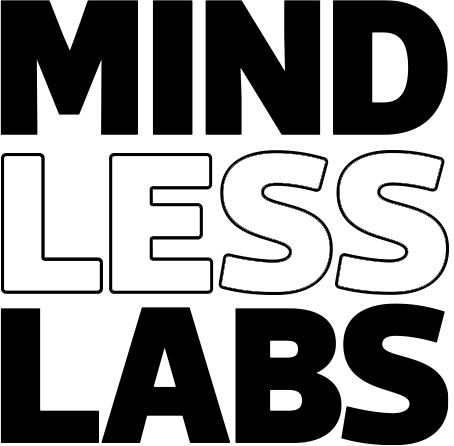Mastering Effective Communication in Relationships: Tools to Navigate Conflict & Build Connection
When it comes to relationships—whether with a partner, family member, friend, or colleague—effective communication is the heartbeat that keeps connection alive. Navigating conflict can be challenging, but with the right tools, you can transform tension into deeper understanding.
Here’s how to improve communication in relationships using simple, proven strategies rooted in both emotional intelligence and cognitive science.
Emotional Validation: The Foundation of Healthy Communication
The first step in resolving conflict is acknowledging and validating your partner’s feelings. When someone feels seen and heard, they’re less likely to become defensive. Try phrases like:
- “I hear what you’re saying.”
- “It sounds like you’re feeling overwhelmed.”
This simple act of validation builds trust and opens the door to genuine connection. In short, validation is a cornerstone of all relationship communication skills.
Use the “I Feel, When You, I Need” Framework
One of the most effective communication techniques for couples and individuals alike is this three-part formula:
“I feel ___ when you ___. I need ___.”
Example:
“I feel anxious when you interrupt me during conversations. I need you to let me finish my thoughts so we can understand each other better.”
Keep your message to three sentences or less—cognitive load theory shows that our brains absorb information more effectively when it’s simple, clear, and direct. Expect to revisit the conversation a few times—improving communication in relationships is a process, not a one-time fix.
Understanding Cognitive Load Theory in Conflict
Cognitive Load Theory (CLT) reminds us that we can only process so much at once. During emotionally charged moments, clarity matters more than complexity.
That’s why short, structured statements work. If you offer too much information at once, your partner might struggle to respond thoughtfully. Stick to the power of three: 3 sentences, 3 main points, 3 calm breaths.
Communication Tools: Keep It Simple & Intentional
How to communicate better in a relationship? Here are two powerful techniques:
1 Periods for Pause
Use concise sentences and pause after each one. This invites your partner to respond instead of react.
2 “Stop, Drop, and Roll”
- Stop: Pause when you feel emotionally activated.
- Drop: Let go of needing to be right.
- Roll: Stay fluid. Roll with the conversation, not against it.
Use phrases like:
- “I’d love to understand your perspective.”
- “Can we slow down? I want to really hear you.”
These phrases are powerful tools in any conflict resolution strategy.
Tone and Body Language Matter More Than You Think
Your words matter—but your tone and posture say even more. Speak with a calm, open tone and relaxed body language. Smile when appropriate. Make eye contact. Practicing emotional regulation in relationships helps your message land without defense.
Use Humor and Music to Reset the Mood
Humor lightens the emotional load. Playfulness (when appropriate) can diffuse tension and foster connection.
And here’s a fun tip for anyone over 40 (or just nostalgic):
When things get heated, think of Snoop Dogg’s iconic line—“Drop it like it’s hot.”
That’s your cue to drop the argument, reset, and return when you’re grounded again.
Conclusion: Building Relationship Resilience Through Communication
Whether you’re working on communication in marriage, friendships, or family life, these tools can help you speak and listen with intention. By validating emotions, simplifying your words, and staying emotionally attuned, you create space for love, trust, and mutual understanding.
Mastering relationship communication skills isn’t about perfection—it’s about practice. One pause. One breath. One sentence at a time.






